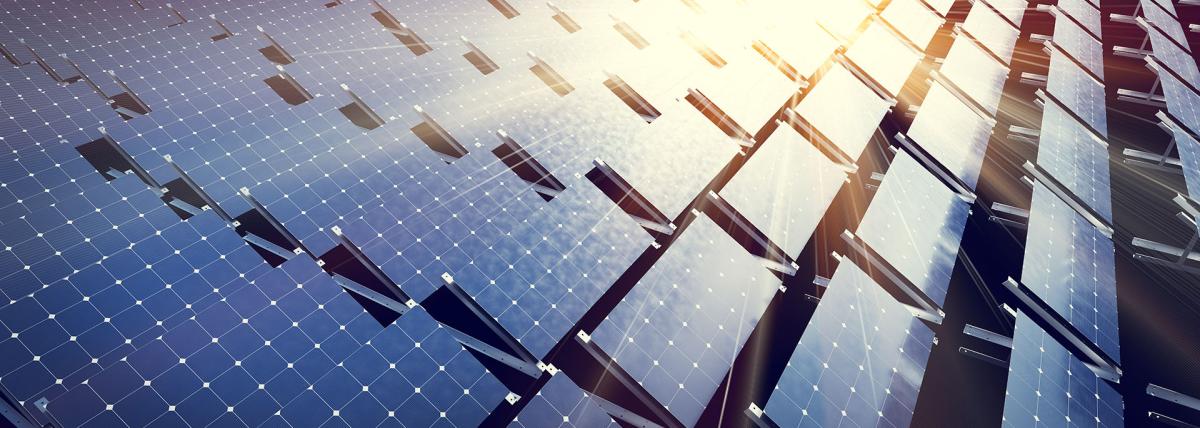
Exploring Ecosystems and Natural Disasters
by Callie Mattus
Students will research a biome around the world, including 3 animals, 3 plants, and 3 nonliving parts of the ecosystem.
Students will construct a diorama of the biome and illustrate a natural disaster that could occur in that biome.
Students will write a 3-5 paragraph essay about their biome and the natural disaster, using a graphic organizer.
Students will explore biomes using Virtual Reality (VR) technology.
Lesson Plan Link/URL
https://docs.google.com/presentation/d/1eODojG3kKqisBbjjZYIu2CHfJ1FOfrgibnasE8-…Subject Area
Science Physical Science P1: Matter Earth and Space Science E1: Earth Systems E2: Earth & the Universe Life Science L2: Organisms & Energy L4: Evolution Technology 1. Empowered Learner 2. Digital Citizen 3. Knowledge Constructor 4. Innovative Designer 5. Computational Thinker 6. Creative Communicator Engineering S2: Apply the Engineering Design Process S4: Apply Science to Engineering S5: Apply Technology to Engineering S6: Apply Communications to Engineering S7: Apply Project Management to Engineering Mathematics Measurement and Data (MD) Geometry (G) Ratio and Proportion (RP) Statistics and Probability (SP) Number & Quantity (N) English Language Arts (ELA) Reading (Informational Text) Writing Speaking & ListeningRelated Content

Grades:
3rd Grade, 4th Grade, 5th Grade, 6th Grade, 7th Grade, 8th Grade, 9th Grade
Engineers often create small-size models of a new product to test its design. This is especially true with airplanes. Model testing tells engineers how a design responds to different air conditions

Grades:
9th Grade, 10th Grade, 11th Grade, 12th Grade
Using the Introduction to Hydroponics lab, introduce students to the features of the Hydroponic Systems. Students will explore the different types of grow mediums and grow lights used in the systems

Grades:
9th Grade, 10th Grade
This lesson plan focuses around 4 key topics, with activities for each. The plan covers renewable energy, solar energy, why solar energy is important, and what the children can do to conserve energy